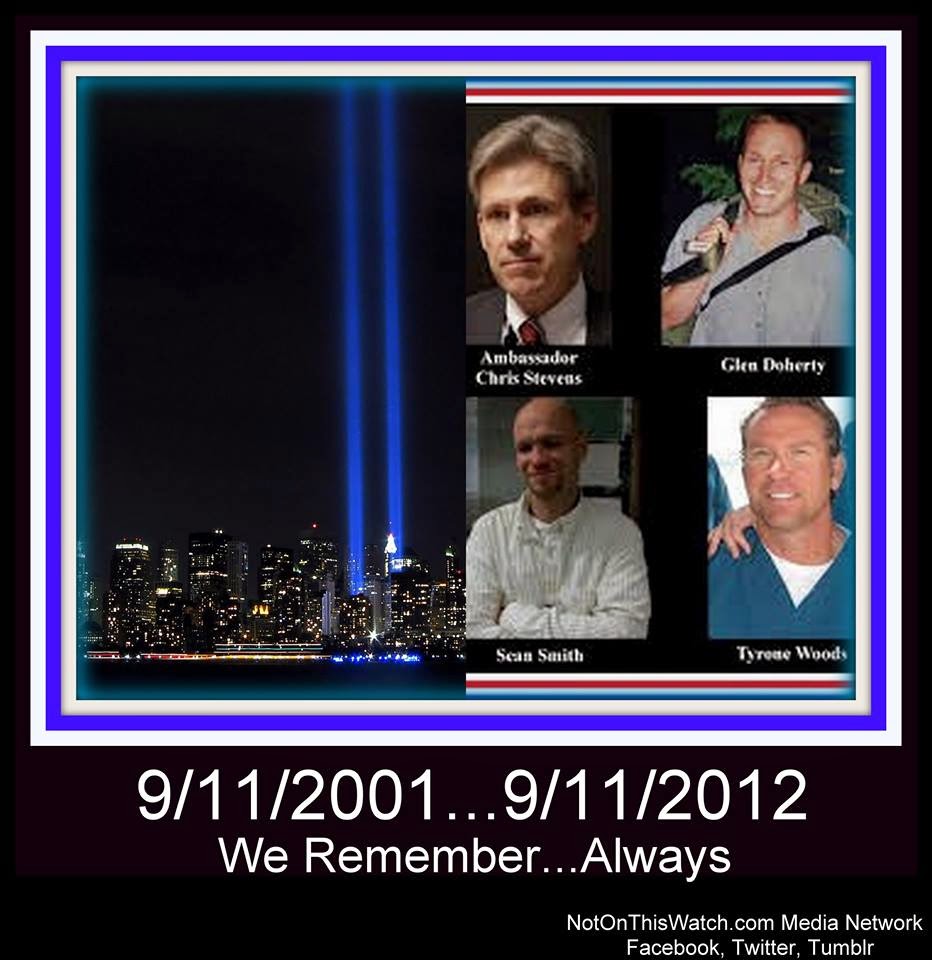This is the fourth (final) part of “What I Did on My Just-Past-Summer Vacation,” to Washington, DC. The significant element of this trip
was how frequently we encountered reverence—for
the ideas of freedom and civilization, and for the great people who brought
those things to us, out of a world of tyranny and savagery.
The first three
parts covered mainly individuals: Part I was Thomas Jefferson; Part II was
Abraham Lincoln; Part III was George Washington. This final post will cover a
number of people and places I’m glad we got to experience, and I want to share,
at least with a photo and a mention.
 |
| White House front portico, from Pennsylvania Avenue |
 |
| White House, back view, where the inauguration takes place |
 |
| National Archives, where you can see the actual Declaration of Independence and Constitution |
No photos were allowed inside the Archives, so I just have
to remember. The security guard standing next to the Constitution talked with
us, about the various signatures and other details. He had an accent, so I
asked where he was from. As I assumed, he had become a citizen, which was
required in order to work there. He was from Ghana, but now he is American, and
very proud of it. And he may know our history better than most of us born here.
 |
| "Eternal Vigilance Is the Price of Liberty" aside the entrance to the National Archives |
 |
| Inscription on the Tomb of the Unknown Soldier |
We got to witness the changing of the guard at the Tomb of
the Unknown Soldier. This was one of the most reverent moments of our trip. We
all stood, in silence, throughout. The ceremony takes place whether people are
there or not. They revere those sacred dead; we are invited to join them in
that honor. We felt privileged to witness it.
 |
| Changing of the Guard at the Tomb of the Unknown Soldier |
 |
| Retiring the Flag at Arlington Cemetery |
After the ceremony, we were waiting for our tour bus, and I
ran off to take a few more photos. And I noticed this additional ceremony, the
retiring of the flag in early evening. There was no crowd around. The soldiers
were doing the honorable ceremony, because that’s what they do. I took the
photo from a distance; I was glad I got to see this sacred moment.
 |
| Among the Acres of Graves at Arlington Cemetery |
I know it doesn’t sound like a thrilling vacation to go to a
cemetery, but Arlington Cemetery is worth experiencing. It’s vast, and
beautiful, and sacred.
 |
| JFK Grave, Eternal Flame |
The eternal flame, marking the grave of John F. Kennedy, is
actually quite simple and understated.
 |
| "Ask not what your country can do for you, but Ask what you can do for your country..." near JFK's Eternal Flame |
In the wall behind the marker are some of his quotes, carved
in the stone. This is my favorite.
 |
| Vietnam Memorial Wall |
The Vietnam Memorial Wall is most impressive maybe because
of its length, full of names of those lost in service in that war.
 |
| Korean War Memorial |
On the opposite side of the Lincoln Memorial is this Korean
War Memorial. It also has a reflective wall, this one with faces looking out.
The wall is alongside a garden of statues, soldiers walking through
undergrowth, as you might have seen them in action. I hadn’t been aware of this
memorial before the trip. But I saw it in a scene of a TV show (Covert Affairs)
after returning home. This was another place I really felt the reverence. Maybe
it relates to having a son stationed in Korea this year.
 |
| Iwo Jima Monument |
The Iwo Jima Monument relates to World War II. It is
located just outside the Arlington Cemetery. We saw it just before sunset,
which made photography a challenge, but the sky toward the sun was stunning.
This photo is taken with back to the sun.
 |
| MLK Monument, viewed from across the tide pool |
The Martin Luther King, Jr. Memorial is relatively new. It
is along the tide pool, which starts with the Jefferson Memorial, then the FDR
Memorial, and then the MLK Memorial, before you get to Lincoln Memorial and reflecting pond. It’s a long, but not impossible, walk.
 |
| on the steps of the Lincoln Memorial |
This stone, in front of the Lincoln Memorial, marks where
MLK gave his “I Have a Dream” Speech.
 |
| World War II Memorial |
At the end of the reflecting pool, opposite the Lincoln
Memorial, and before the grassy hill leading to the Washington Monument, is the
relatively new World War II Memorial. It’s a beautiful, huge circle of pillars,
identifying each of the states and territories that participated, all
surrounding a huge fountain. We arrived as some tour busses arrived. We were
after schools had started, so we saw more older visitors than usual. But at
this one, there was an unusual number of wheelchairs. And we realized these
were WWII vets, coming here to see the memorial that honored them. Some were in
tears. And so was I. Being there, with them, was one of my favorite memories of
the trip. My dad served in WWII. He passed away several years ago, at age 91.
So I’m thinking our few remaining WWII vets are getting near the limit of being
able to come.
What was remarkable about this trip to Washington, DC, was
how little we heard the news or politics while in our nation’s capital. It was
a great respite. And maybe it would do us all good to look to the ideas of our
founding, and the people who staked their lives on those ideas, and go
resolutely in that direction.

































